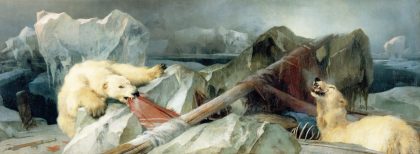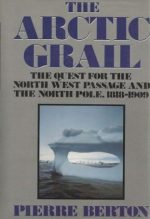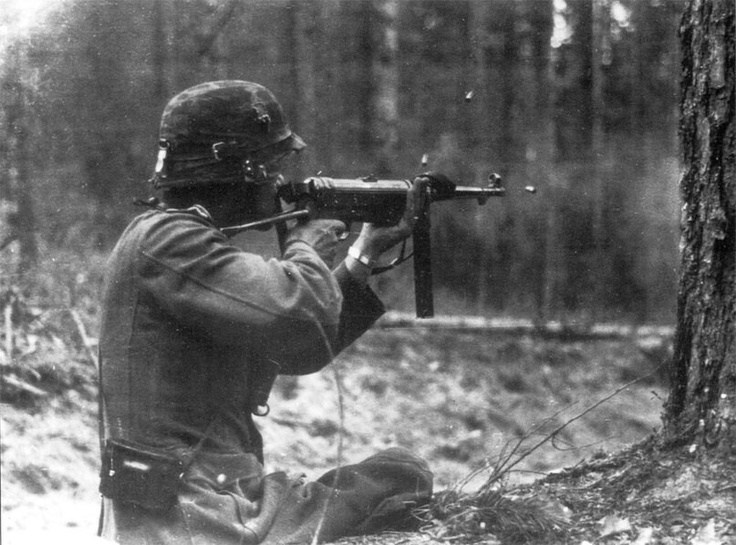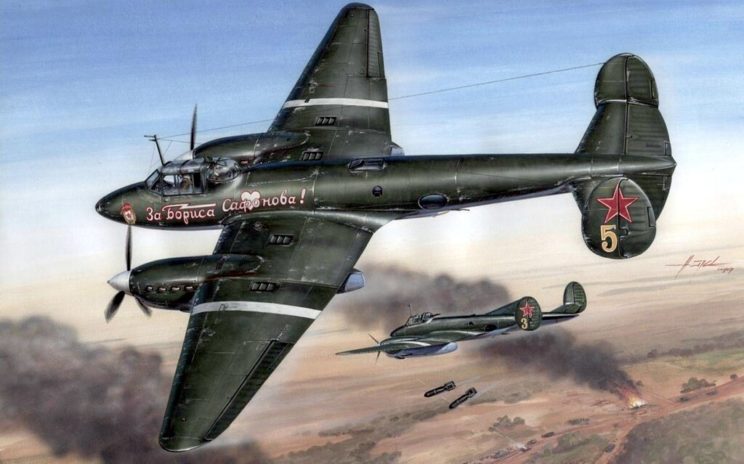The rich historical context around the Franklin Expedition helps to enhance the viewing experience of The Terror and makes for solid reading material in its own right.
I’ve already waxed at length over how much I love watching The Terror. It’s a dense show, with so much to unpack. Oftentimes, even as I’m thoroughly engrossed, I feel like I’m missing something. At lot of that lies in the meticulous attention to historical detail and many references to the historical context around the Franklin Expedition.
Here are a few suggestions on how to fill in those historical gaps so you can feel smart watching The Terror.
*** Please note, mild spoilers for the TV series ensue, so much as 160 year old historical events can be spoiled. ***
Read Two Franklin Experts’ Episode Recaps:
The disappearance of the Franklin Expedition was one of the enduring mysteries of Canadian history. Finding the wrecks of the HMS Erebus (in 2014) and HMS Terror (in 2016) had long been an obsession among Canadian researchers and archaeologists. No wonder Canadian Geographic magazine is so excited about the show that they are giving regular coverage to the series.
Russell Potter and Stephen Smith, two writers who are well-versed in all things Franklin file episode recaps each week. I never form an opinion on a prestige TV show until someone on the internet tells me what to think! Reading these recaps have the added benefit of picking up historical knowledge on the way. Even better, they’ve read Dan Simmons’s source novel as well. The recaps also confirm just how well-researched the novel and the television show are.
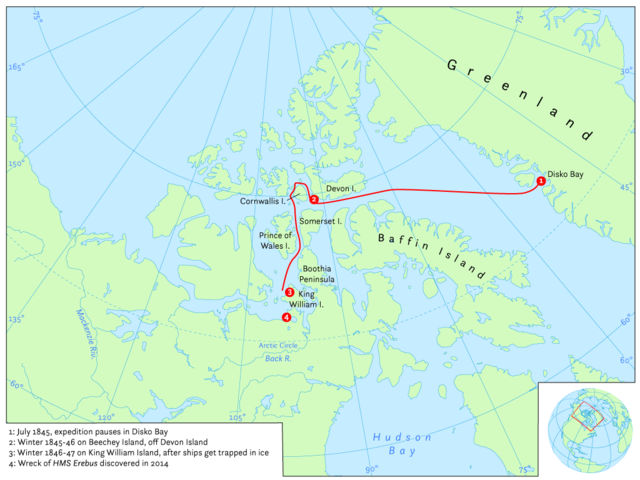
Learn More About the Franklin Expedition and the Search for the Northwest Passage
The Arctic Grail
By the time Pierre Berton passed away in 2004, he’d long been a Canadian icon. His popular histories illuminating the making of Canada were all bestsellers. They helped to demystify events that made my eyes glaze over during history class.
The search by European and, later, North American explorers for the Northwest Passage and the North Pole helped to shape the history of Canada, for better or worse. Berton’s account details the many attempts at these goals, most of which end in disaster. He also gives due credit to the Inuit, who understood the conditions of the Arctic and tried to teach the interlopers, to no avail.
Arctic Passage
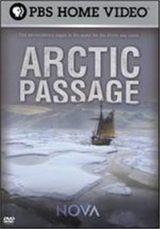 The story of two different attempts at the Northwest Passage were dramatized in a double episode of PBS’s Nova.
The story of two different attempts at the Northwest Passage were dramatized in a double episode of PBS’s Nova.
Franklin’s attempt at the Northwest Passage in 1845 was a disaster. It was the ultimate example of colonial hubris. The explorers failed to learn anything from the local indigenous people. When Norwegian Roald Amundsen succeeded in 1905, it was not due to advances in technology. Rather, Amundsen lived with the Inuit and learned how to adapt to life in the Arctic. He later used many of these lessons to complete another first in 1912: reaching the South Pole.
Finding Franklin
Russell Potter, who recaps the episodes for Canadian Geographic, was involved with the 2014 discovery of the HMS Erebus. He wrote about the process of making that discovery.
The crucial breakthrough was due to Inuit oral history. If searchers over the years had just listened to what the Inuit had been saying all along, the find could have happened ages ago. But because Inuit accounts also indicated that Franklins men had resorted to cannibalism, the British public refused to believe it. Charles Dickens used his newspaper column to disparage the Inuit as a race, thus dismissing everything they had to say.
Follow More Tales of Arctic Woe
Conflict is the heart of drama, so it’s not surprising that disasters are more compelling than success stories. There are few richer sources of disaster than Arctic exploration. The unforgiving environment and colossal hubris of most expedition leaders made it especially prone to bad endings.
Each incident seems to be some version of “arrogant white guys blunder around the Arctic, get bailed out by indigenous people, who are then ignored completely.” You can think of what happens in The Terror as a bit of payback. The story is an inversion of the “white saviour” trope. The Netsilik character, dubbed “Lady Silence,” represents the only hope for Franklin’s men. [This is a good moment to highlight the performance of Nive Nielsen, another of the standout cast.]
The Franklin Expedition that is reenacted in The Terror isn’t even the only disaster involving Franklin! Reading through the Wikipedia pages of these events is like reading a harrowing novel.
Here are some high(low)lights:
The Coppermine Expedition
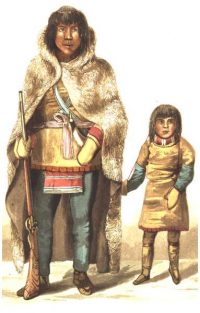
(1819-22)
Two decades before his last expedition, Franklin led a journey up the Coppermine River in northern Canada to map the Arctic Coast. In what should have been a red flag for later expeditions, Franklin showed himself to be massively in over his head. Plans were based more on optimism than reality. Personnel were hastily put together. Supplies were lacking and Franklin was described as particularly unsuited to roughing it. At one point, before being rescued by people of the Yellowknife nation, he and the men resorted to eating shoe leather. Over half the expedition died, at least one of them murdered.
Somehow, the British turned this spectacular display of incompetence into a heroic epic. Franklin was feted as “the man who ate his boots.” This conveniently overlooked that some survivors (though not under Franklin’s watch) resorted to eating their comrades (that they may have murdered as well.)
The Jeanette Expedition (1879-81)
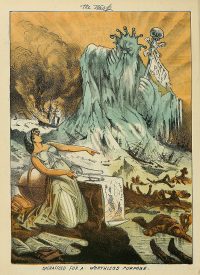
Old-timey people had a lot of crackpot ideas about the Arctic. The USS Jeanette was sent to navigate the Bering Strait between Siberia and Alaska and find the Open Polar Sea. Some people theorized, despite it being really cold, that a warm-water sea existed at the top of the world. Navigating this sea would be a massive shortcut for intercontinental trade.
Despite being an American naval operation, the expedition was funded by a newspaper magnate. Because of this, last minute changes were made to the route to maximize press coverage. The Jeanette’s progress was painfully slow. It was no surprise that it soon became trapped in the ice. Frozen in a massive ice floe, currents carried it off into the seas off northern Siberia. When ice crushed the ship, the survivors made a mad dash to the Siberian coast in three little boats.
It was probably due only to the discipline of the naval crew, and help from the locals, of course, that a third of them made it out alive. It was probably due to this discipline that neither murder nor cannibalism figures in this story (boooring!)
The Last Voyage of the Karluk (1913-16)
Spectacularly bad expedition planning was not restricted to the British or Americans. Canada got into the game in the early 20th century. Enter Vilhjalmur Stefansson, a brilliant but dickishly self-absorbed anthropologist. Cheap shot time: if The Terror were the start of an anthology series, then James Franco would be the perfect lead for this season.
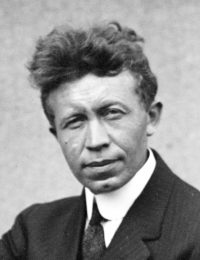
Stefansson bought a ship on the cheap, then hastily put together crew and supplies. They were to sail up the coast of Alaska and hit the northern shore of Yukon. However, they set off far too late to ever make it before the ice set in. Trapped in the ice, Stefansson took a small party and made for the coast by sled on a suspiciously well-stocked “hunting expedition.” Not long after, storms broke up the ice. The ship with its remaining contingent of twenty-five drifted toward Siberia. Stuck on land, Stefansson continued merrily on his scientific studies for the next several years. He didn’t seem too concerned about the fate of the ship.
Meanwhile, Newfoundlander Captain Robert Bartlett ably managed the situation on the ship. When it was inevitably crushed by ice, he’d already ordered supplies and a camp to be made on firmer ground. With luck, they eventually drifted to an island north of Siberia. They were also lucky to have Inuit hunters on board (a common precaution at the time.) Amazingly, one of the hunters also brought his family, including two young daughters, one aged three! Thanks to the presence of these hunters and plentiful game, they were in no danger of starving. However, ill-fated attempts to cross the ice and one murder led to eleven deaths. Bartlett and Kataktovik, one of the hunters, crossed 1,100 km on foot to find help. Meeting helpful locals, they arranged a ship to rescue the remaining survivors. Afterward, in a cruel twist of fate, Bartlett was criticized for getting the ship trapped while Stefansson was honoured for his scientific studies.
There are plenty of other amazing stories about early Arctic exploration (and disasters.) My totally unscientific estimate is that one half involve murder and one third involve cannibalism. Something about the environment brings out the absolute extremes of human behaviour, both good and bad.
I’ll leave the last word to this painter:
